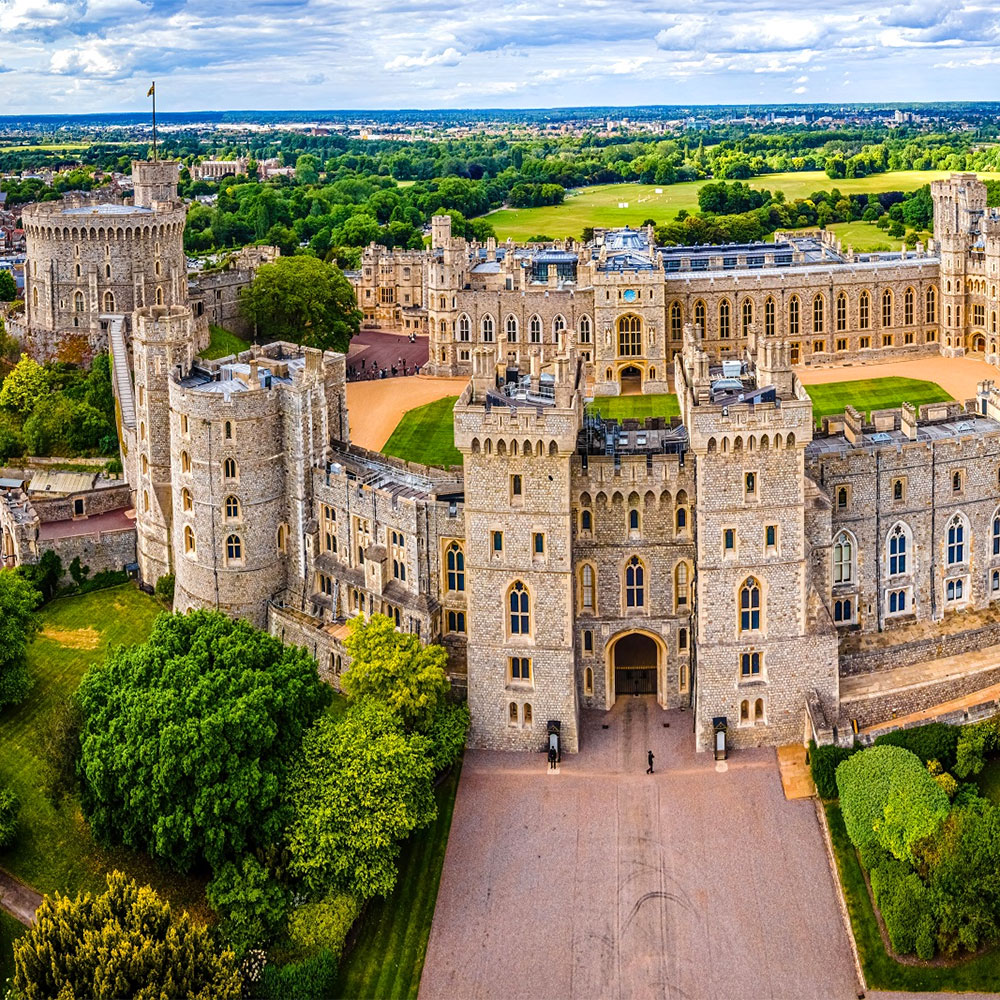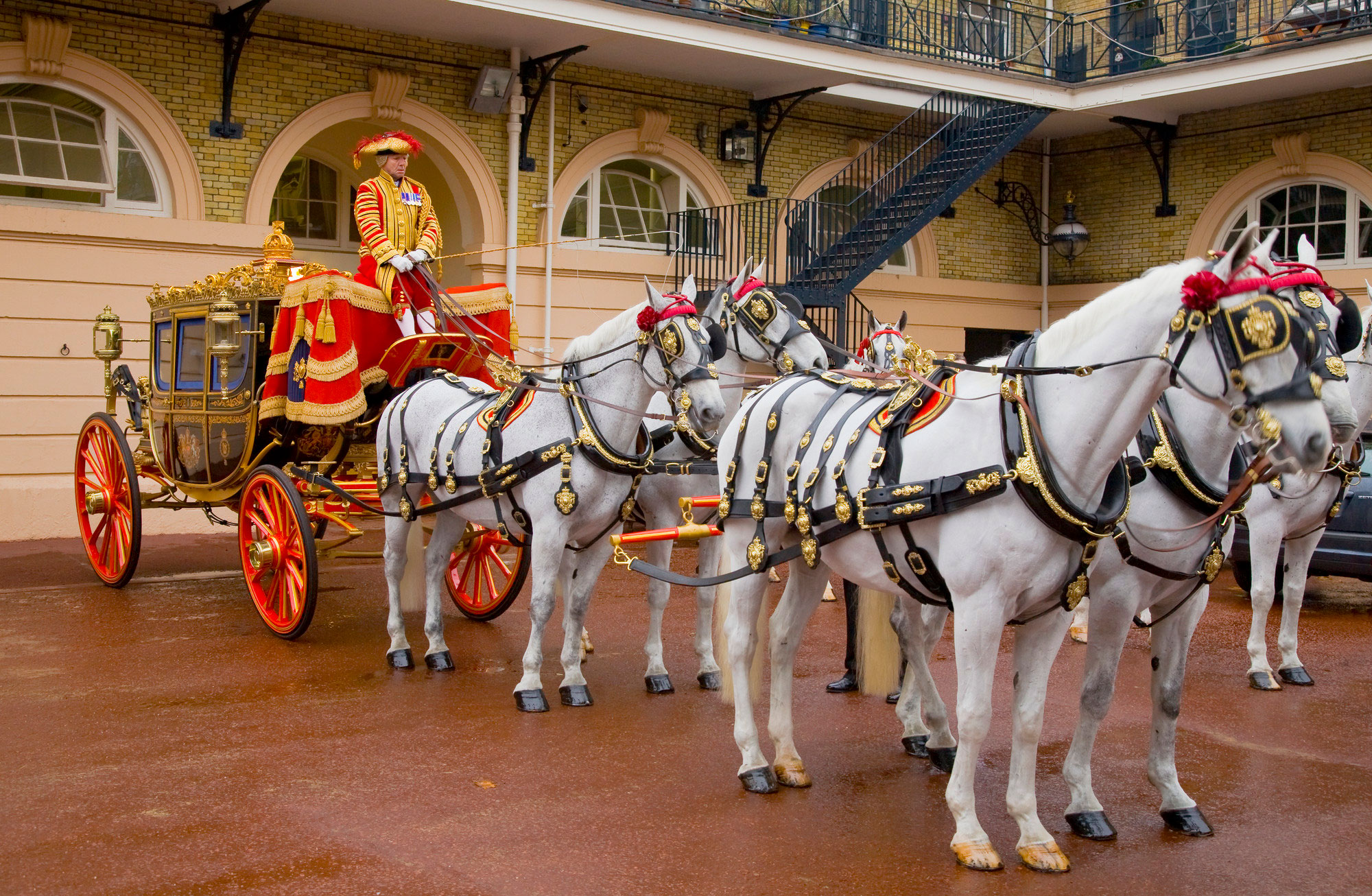
Royalty
Some of my most beloved memories of London have taken place in strange, intimate museums among passionate docents. The narrow, specific focus of a smaller museum can place demands on your sensibility and openness. It is not always easy to find your way ‘in’ – especially in those seemingly without a plan or purpose. If bored or confused, try to find beauty in the moment.
Most museums in London are free, though special exhibitions are sometimes an additional fee. If the museum requires an admission fee, check to see if you are eligible for a student rate – called a concession. Many museums offer free tours. Always check on closures. Check the opening times – many museums have weekly late nights!
WEST LONDON
Kensington Palace, 1689
MAP | WEST LONDON, NORTH KENSINGTON
Architects: Christopher Wren, Nicholas Hawksmoor
Shortly after William and Mary assumed the throne as joint monarchs in 1689, they began searching for a residence better suited for the comfort of the asthmatic William. Whitehall Palace was too near the River Thames, with its fog and floods. In the summer of 1689, William and Mary bought the property the 2nd Earl of Nottingham and instructed Christopher Wren to begin an immediate expansion of the house. After a fire in 1691, renovations were constructed the to the design of Nicholas Hawksmoor, originally an apprentice of Wren’s. For the next seventy years, Kensington Palace was the favored residence of British monarchs, although the official seat of the Court was and remains at St. James’s Palace, which has not been the actual royal residence in London since the 17th century., ADMISSION FEE
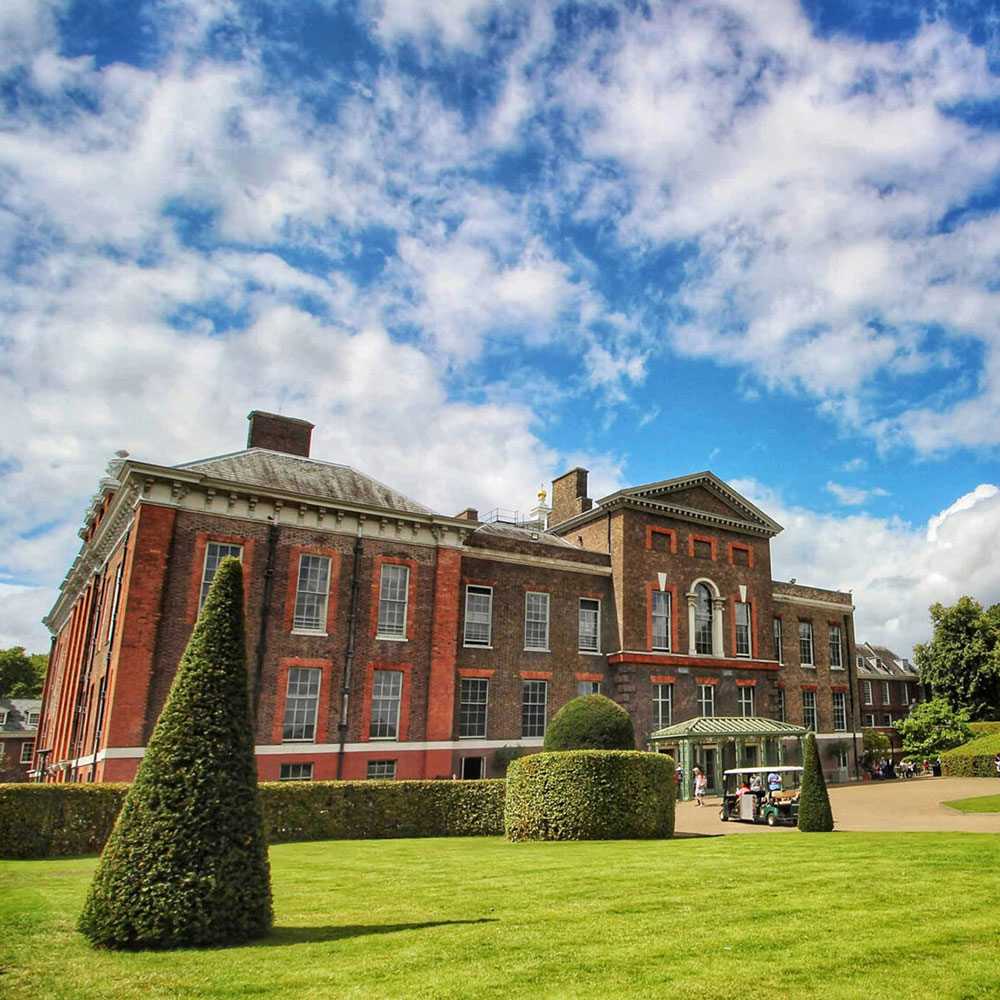
The King’s Gallery
MAP | WEST LONDON, ST. JAMES PARK | EXHIBITION
The King’s Gallery is a public art gallery at Buckingham Palace exhibiting exquisite works of art from the Royal Collection on a rotating basis. The Royal Collection of the British royal family is the largest private art collection in the world.
The museum Typically displays about 450 works, mainly paintings and drawings but also tapestries, furniture, ceramics, textiles, carriages, jewellery, books and sculptures.
Open Daily, 10 July – 31 August 2025, 10am–5:30pm (last entry 4:15pm), ADMISSION FEE
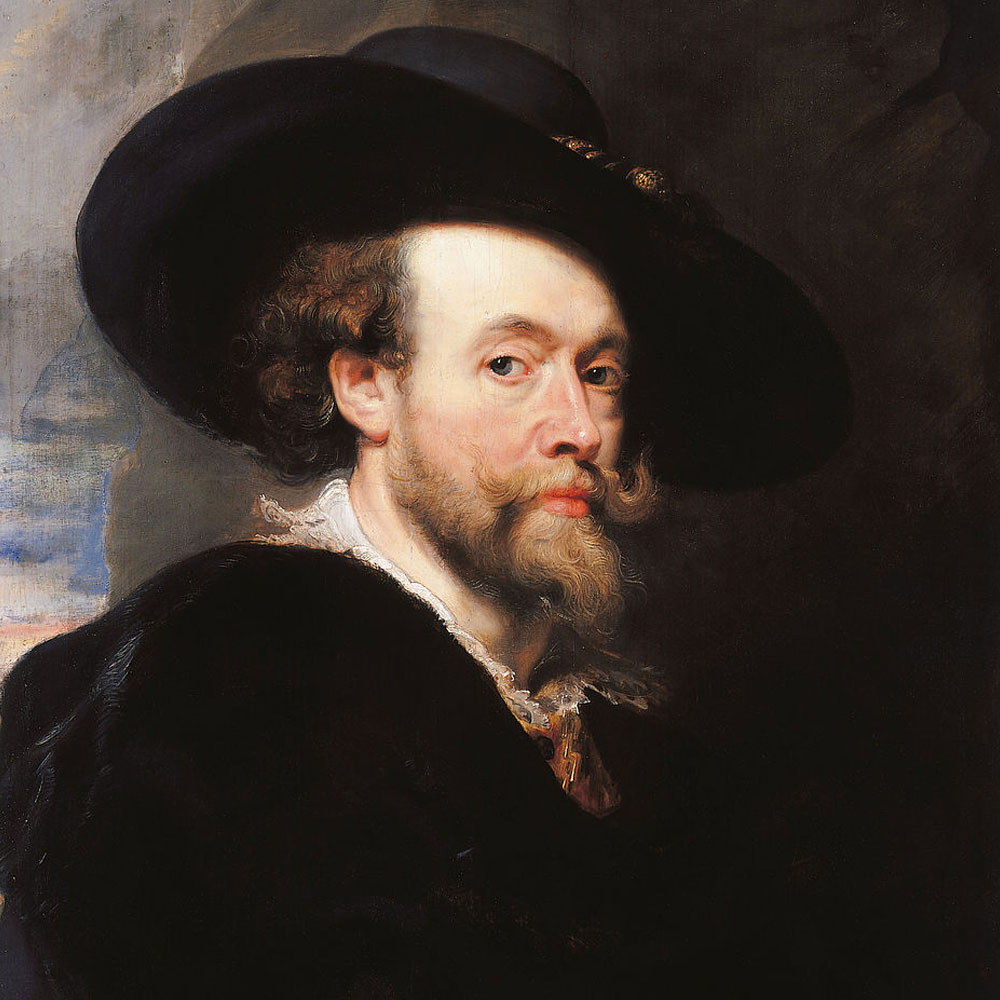
The Royal Mews
MAP | WEST LONDON, ST. JAMES PARK
Home to historic royal carriages and one of the finest working stables in existence. See what goes on behind the scenes at a real working stables in the heart of London.
As part of your visit, you’ll discover the iconic 260-year-old Gold State Coach used at State occasions such as the Coronation of Queen Elizabeth II in 1953, the Platinum Jubilee in 2022 and the Coronation of King Charles III in 2023.
Open Daily, 10 July – 31 August 2025, 10am–5:30pm (last entry 4:15pm), ADMISSION FEE
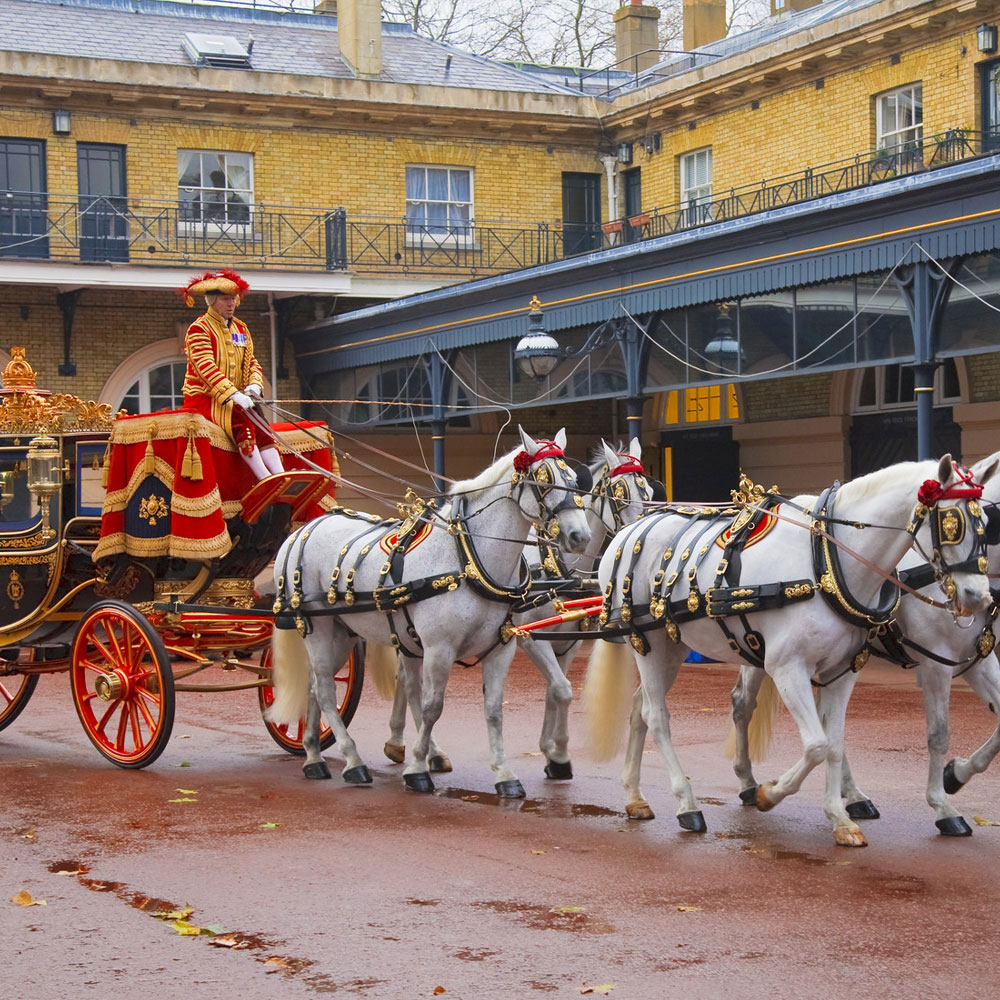
Westminster Abbey, 1220-1272
MAP | WEST LONDON, WHITEHALL
Architects, Lady Chapel: Robert Janyns and William Vertue, 19c James Wyatt; Chapter House: George Gilbert Scott; North Front: 17c Christopher Wren and Nicholas Hawksmoor, 19c John L. Pearson; West Towers: Nicholas Hawksmoor
The Abbey has been the coronation church since 1066, and is the final resting place of 17 monarchs. The church we see today was begun by Henry III in 1245. It’s one of the most important Gothic buildings in the country, and has the medieval shrine of an Anglo-Saxon saint at its heart.
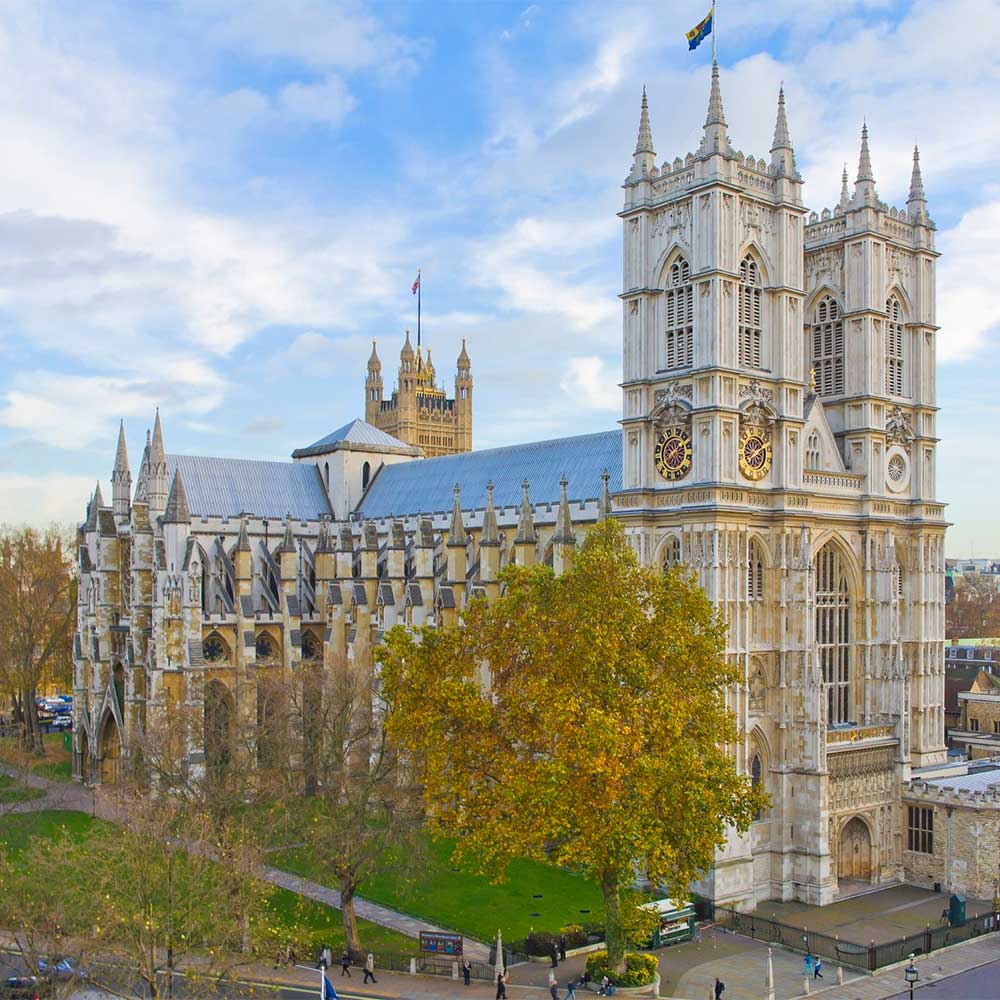
St James Palace, 1531-1536
MAP | WEST LONDON, ST. JAMES
St. James’s Palace was built by Henry VIII between 1531 and 1536 on the site of a leper hospital dedicated to Saint James the Less. It served as a secondary residence for the king, intended as a place to escape formal court life at Whitehall Palace. While much of the original Tudor structure remains, including the Chapel Royal and gatehouse, the palace has been altered and added to over the centuries.
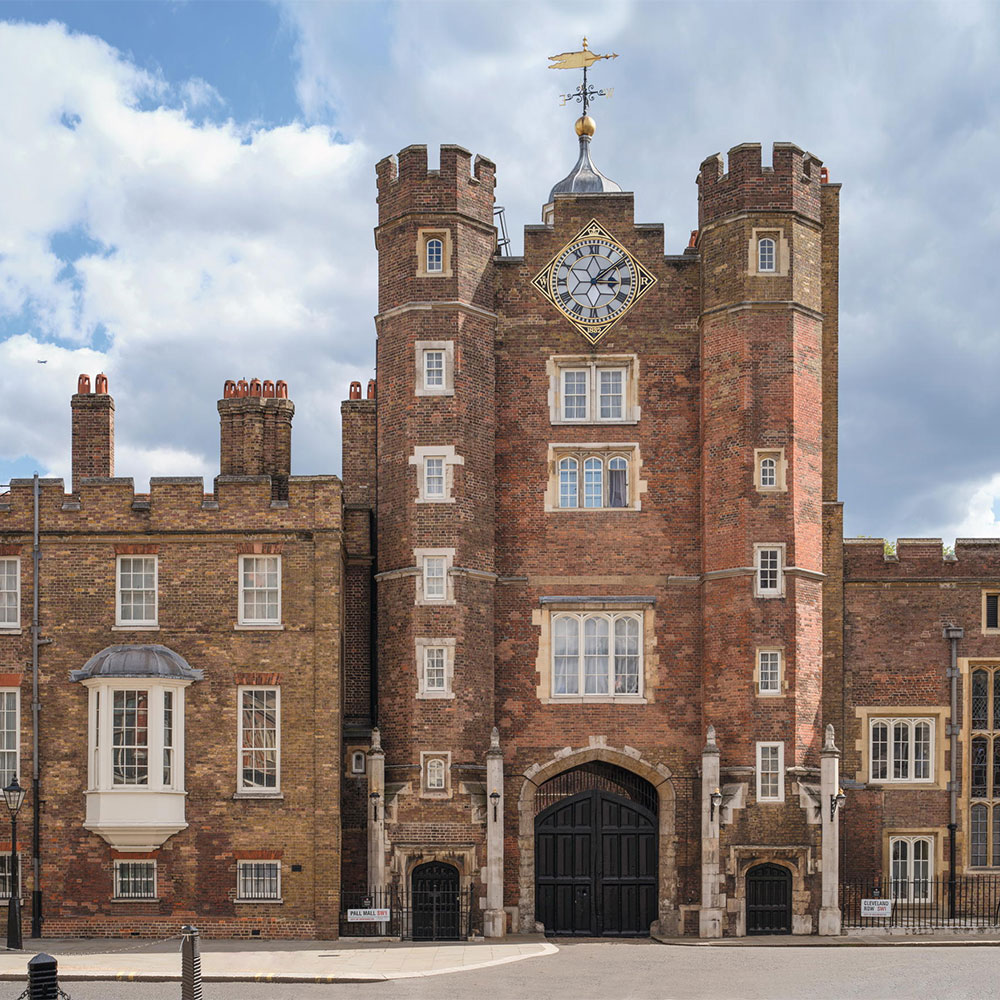
Banqueting Hall, 1619
MAP | WEST LONDON, TRAFALGAR
Architect: Inigo Jones
The Banqueting House is the only large surviving component of the Palace of Whitehall, the residence of English monarchs from 1530 to 1698. Begun in 1619 and designed by Inigo Jones in a style influenced by Andrea Palladio, the Banqueting House was completed in 1622, to the King’s great delight and the astonishment of all who surveyed it. Jones had travelled widely in France and Italy, where he made copious notes and drawings of the architecture of ancient Rome and the Renaissance. Inspired by the classical style of Palladian forms, he adapted and reinterpreted these architectural elements in a new and unique way. Paintings by Peter Paul Rubens were added to the interior ceiling in the 1630’s. In January 1649, Charles I was beheaded on a scaffold in front of the Banqueting House., ADMISSION FEE

EAST LONDON
Tower of London, 1216-1272
MAP | EAST LONDON
Architect: Anthony Salvin, 19thc
The White Tower, which gives the entire castle its name, was built by William the Conqueror in 1078 and was initially a resented symbol of oppression, inflicted upon London by the new Norman ruling class. The castle was also used as a prison from 1100 until 1952, although that was not its primary purpose. A grand palace early in its history, it served as a royal residence. As a whole, the Tower is a complex of several buildings set within two concentric rings of defensive walls and a moat. There were several phases of expansion, mainly under kings Richard I, Henry III, and Edward I in the 12th and 13th centuries. The general layout established by the late 13th century remains despite later activity on the site.
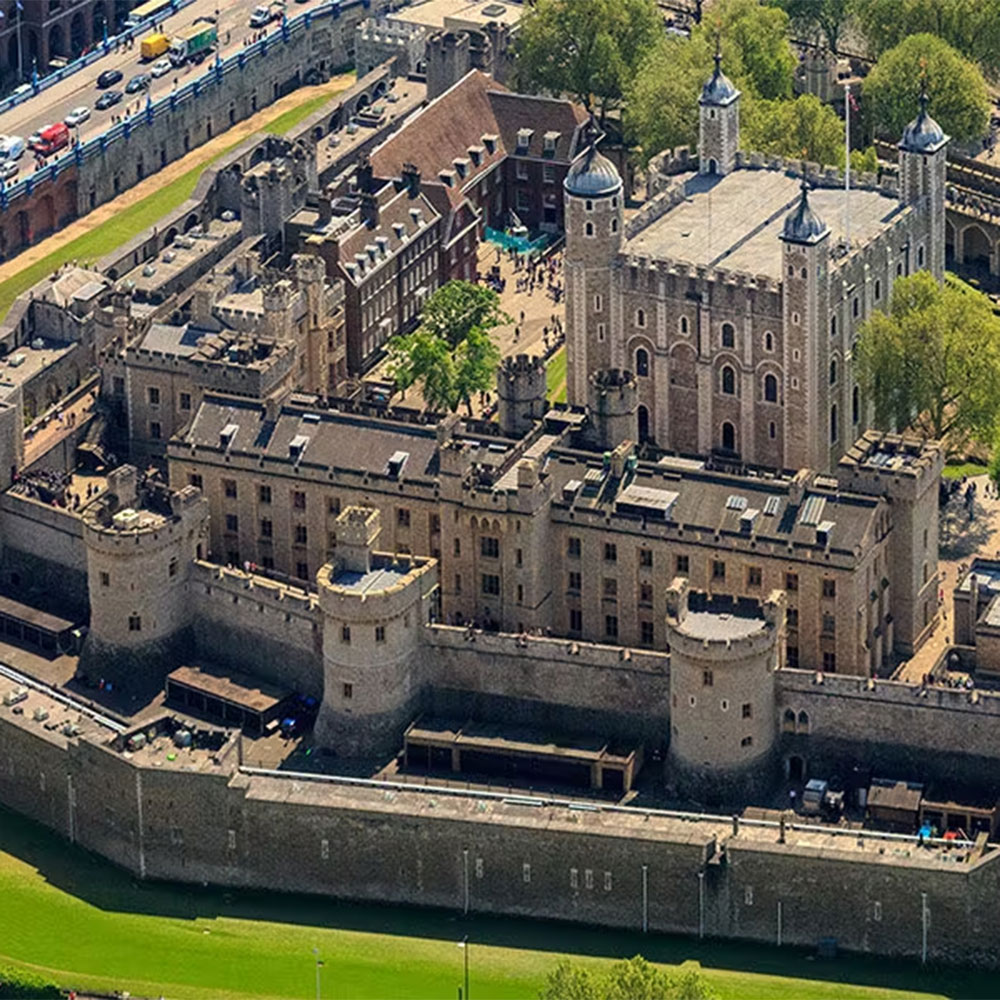
GREENWICH & DULWICH
Queen’s House
MAP | SOUTHEAST LONDON, GREENWICH
The exquisite Queen’s House is a former royal residence which now serves as a public art gallery. Designed by no other than Inigo Jones, the house was commissioned by both Anne and Henrietta as a retreat and place to display and enjoy the artworks they had accumulated and commissioned.
It was Jones’s first major commission after returning from his 1613–1615 grand tour and although it diverges from the mathematical constraints of Palladio, Jones is often credited with the introduction of Palladianism with the construction of the Queen’s House.
Open Daily, 10am–5pm, FREE
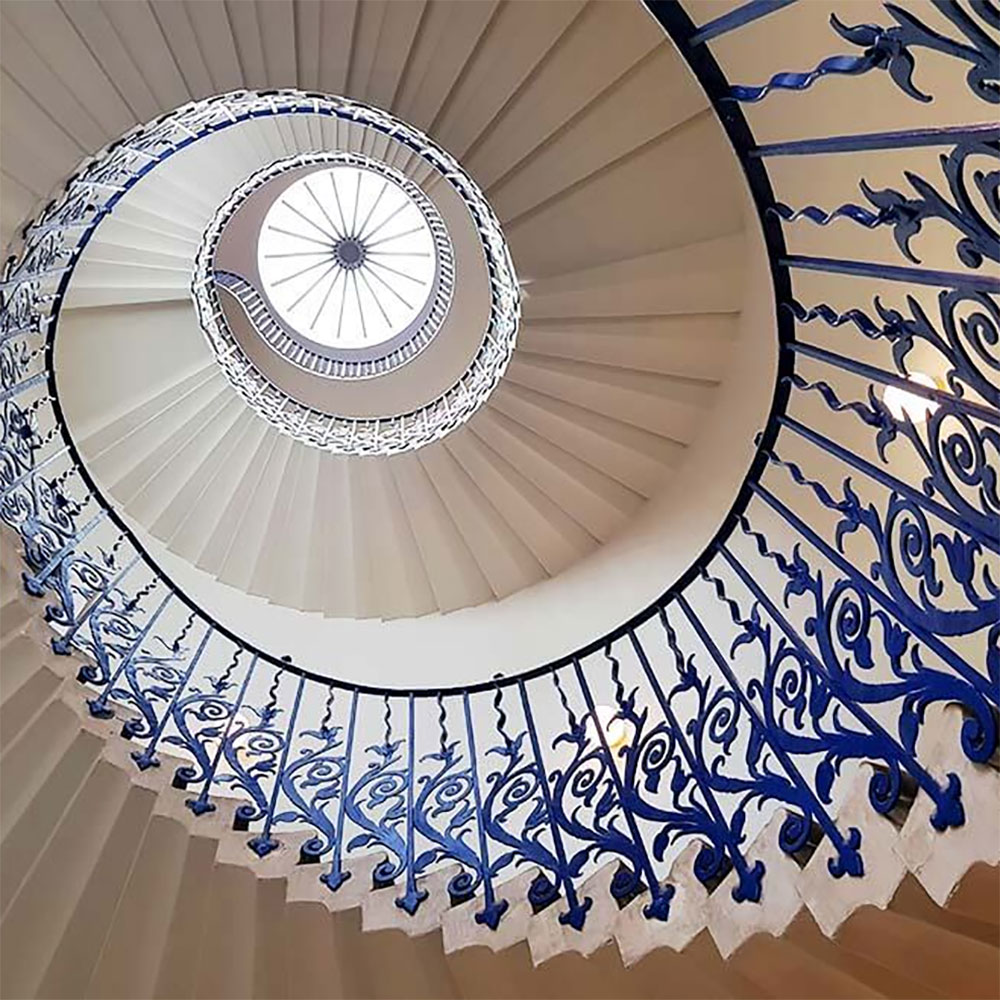
Eltham Palace
MAP | SOUTHEAST LONDON, GREENWICH
Discover a dazzling art deco mansion, explore Eltham’s medieval palace, enjoy the glorious gardens, learn about the life of the Courtaulds.
The hammerbeam roof of the great hall is the third-largest of its type in England, and the Art Deco interior of the house has been described as a “masterpiece of modern design”.
Open Daily, 10am–5pm, ADMISSION FEE
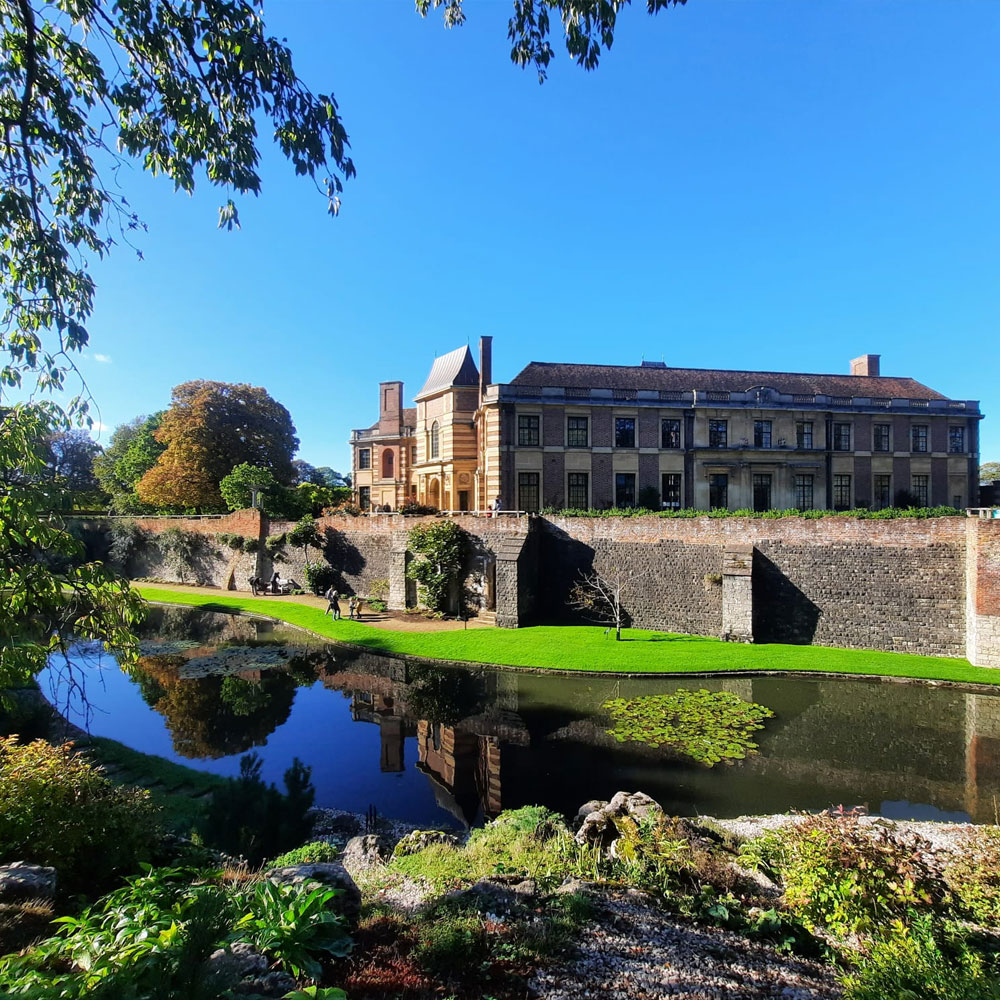
RICHMOND
Hampton Court Palace, 1514-1522 & 1689-1694
MAP | RICHMOND
Architects & Designers: Sir Christopher Wren, John Vanbrugh, William Kent, Antonio Verrio, Jean Tijou, Grinling Gibbons, Sir James Thornhill, Daniel Marot
The building of the palace began in 1514 for Cardinal Thomas Wolsey, Archbishop of York and the chief minister of Henry VIII. In 1529, as Wolsey fell from favor, the cardinal gave the palace to the king to try to save his own life. The palace went on to become one of Henry’s most favored residences; soon after acquiring the property, he arranged for it to be enlarged so it could accommodate his sizeable retinue of courtiers. In the early 1690s, William III’s massive rebuilding and expansion work, which was intended to rival the Palace of Versailles, destroyed much of the Tudor palace but leaving the palace in two distinct contrasting architectural styles, domestic Tudor and Baroque., ADMISSION FEE
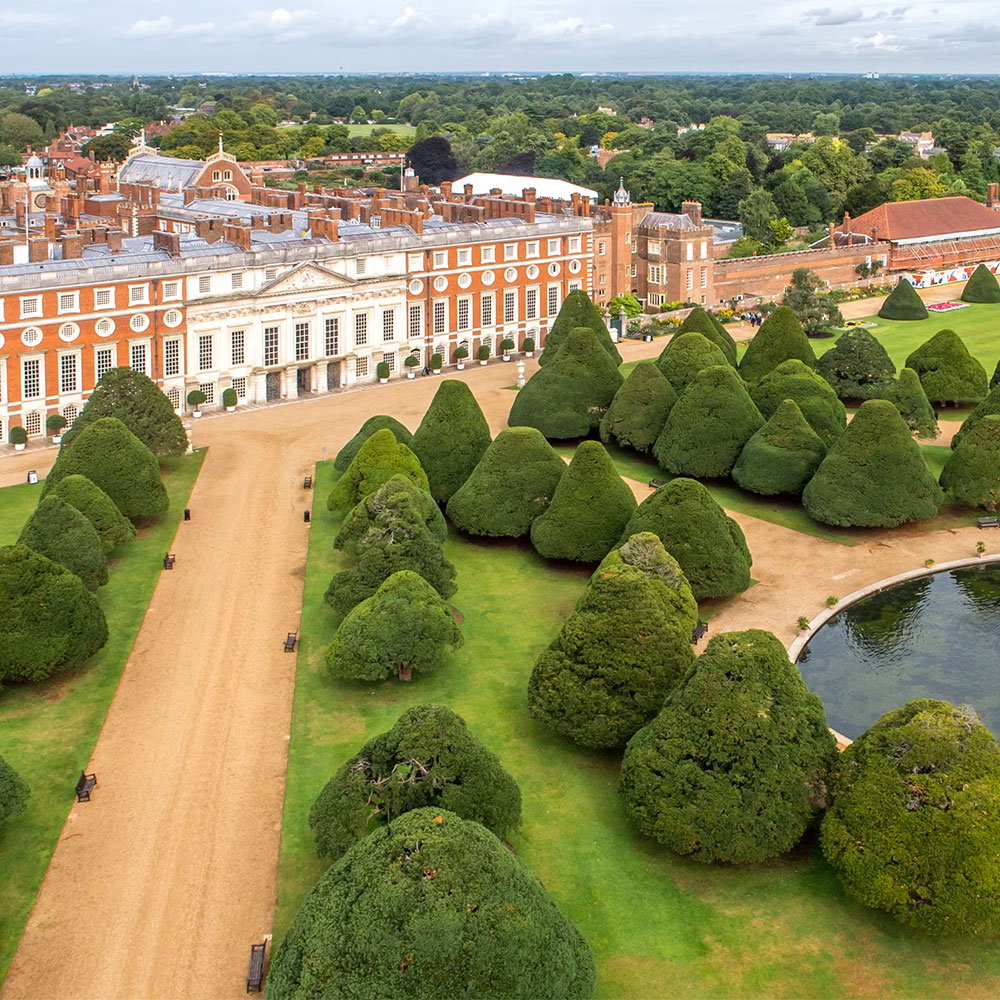
WINDSOR
Windsor Castle, 1070-1992
MAP | WINDSOR
Architects: Jeffry Wyatville, Edward Blore, Anthony Salvin, Hugh May, Giles Downes, Henry Emlyn
Windsor Castle is a royal residence at Windsor in the English county of Berkshire, about 25 miles west of central London. It is strongly associated with the English and succeeding British royal family, and embodies almost a millennium of architectural history. Windsor Castle is the oldest and largest occupied castle in the world. It is open to visitors throughout the year. Founded by William the Conqueror in the 11th century, it has since been the home of 40 monarchs.
Open Daily: 10am-4pm (Check for closures), ADMISSION FEE
